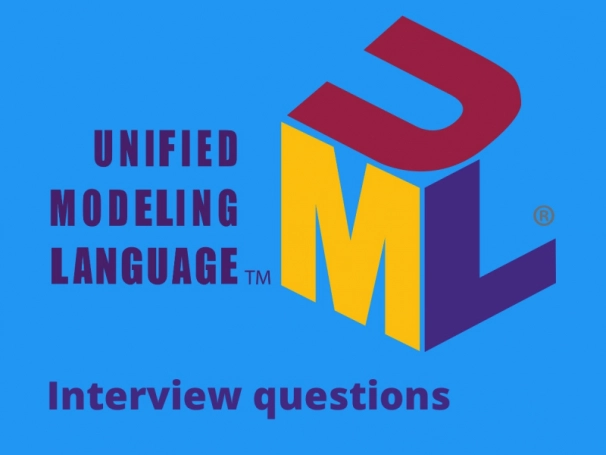What is UML?
UML (Unified Modeling Language) has been spreading its roots among the designing and visualization parts. This field has a lot for potential seekers and individuals interested in visualization in software engineering. This perfect set of UML interview questions contains the most accurate answers that will help you with the subject. These questions will guide you thoroughly so that you may get a modeling language platform in the specific field of software engineering.
We are presenting the most beneficial UML Interview Questions that will provide you with enough direction towards your interview. UML generally includes a perfect set of the graphical notation in the technique which is used to create the visuals of software-intensive systems and their objects

